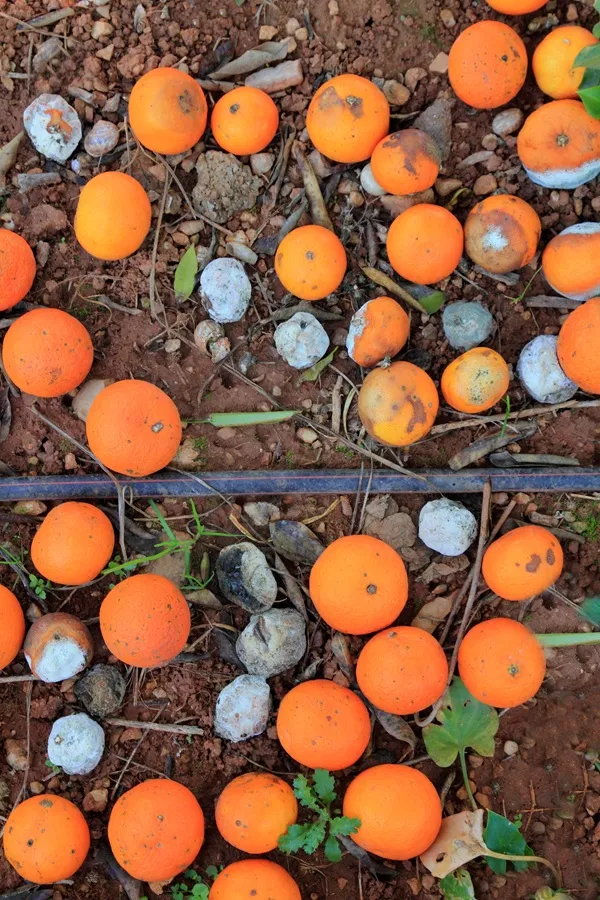Table of Contents
Asparagus: A Comprehensive Guide to Varieties, Cultivation, Nutrition, and Culinary Uses
Introduction
Asparagus (Asparagus officinalis) is a perennial vegetable prized for its tender shoots, vibrant flavors, and nutritional richness. Cultivated globally for over 2,000 years, it thrives in temperate climates and offers a versatile ingredient for diverse cuisines. This article explores its varieties, cultivation, health benefits, and culinary applications.
Global Varieties & Colors
Asparagus comes in three primary colors, each with unique characteristics:
- Green Asparagus: The most common type, exposed to sunlight, develops chlorophyll. Crisp texture with grassy, slightly bitter notes.
- White Asparagus: Grown underground to prevent chlorophyll development. Tender, mild, and slightly sweet; popular in Europe.
- Purple Asparagus: Contains anthocyanins (antioxidants). Sweeter and fruitier, turning green when cooked.
Notable Varieties:
- Mary Washington (USA): Heirloom green variety.
- Violetto d’Albenga (Italy): Purple, nutty flavor.
- Gijnlim (Netherlands): Early-yielding green type.
Sensory Profile
- Smell: Earthy, with sulfurous notes due to asparagusic acid (breaks into volatile compounds like methanethiol).
- Flavor: Green (grassy, bitter), white (mild, nutty), purple (sweet, berry-like).
- Papain Note: Asparagus does not contain papain (an enzyme from papaya). It does contain glutathione, a detoxifying antioxidant.
Nutrition & Health Benefits
- Low-Calorie: 20 kcal per 100g.
- Rich in: Vitamin K (bone health), folate (pregnancy), fiber, and antioxidants (glutathione, flavonoids).
- Glycemic Index (GI): ~15 (low), suitable for diabetics.
Health Benefits:
- Anti-Inflammatory: Reduces oxidative stress.
- Digestive Health: Prebiotic fiber supports gut bacteria.
- Heart Health: Potassium regulates blood pressure.
Cultivation & Major Producers
- Climate: Temperate regions (15–25°C). Requires well-drained soil and winter dormancy.
- Top Producers (2023):
- China (8.3M tons annually).
- Peru (Leading exporter; $1B+ in exports).
- Germany/Mexico (Key EU and North American suppliers).
- Importers: USA, France, Netherlands.
Diseases & Pests:
- Fusarium Crown Rot: Fungal disease; crop rotation mitigates risk.
- Asparagus Beetle: Larvae feed on shoots; controlled via neem oil.
Home Farming & ROI
- Planting: Crowns (root systems) yield faster than seeds. Harvest begins in Year 2–3.
- ROI: High-value crop. A 1-acre plot yields ~2,500 lbs; retail prices average $3–5/lb. Initial setup costs (~$5,000/acre) offset by long-term yields (15+ years).
Culinary Uses & Storage
- Raw: Edible but fibrous; shave thinly for salads.
- Cooking Methods:
- Sautéed: With garlic and olive oil.
- Roasted: Tossed in balsamic glaze.
- Soups/Stews: Puréed with cream (e.g., German Spargelsuppe).
- Quick Recipe: Grill with lemon zest and parmesan.
Storage Tips:
- Refrigerate upright in water (5–7 days).
- Freezing: Blanch first to preserve texture.
Byproducts & Innovations
- Pickled Asparagus: Popular in gourmet markets.
- Powdered Supplements: Added to smoothies for nutrients.
- Asparagus Water: Controversial trend (minimal flavor).
Conclusion
Asparagus combines culinary versatility with robust health benefits. From the delicate white spears of Europe to Peru’s export-driven green crops, its global footprint underscores its agricultural and gastronomic significance. Whether grown in backyard gardens or vast farms, asparagus remains a springtime delicacy with enduring appeal.
Further Exploration: Experiment with purple asparagus in salads or explore white asparagus paired with hollandaise for a classic European dish.









